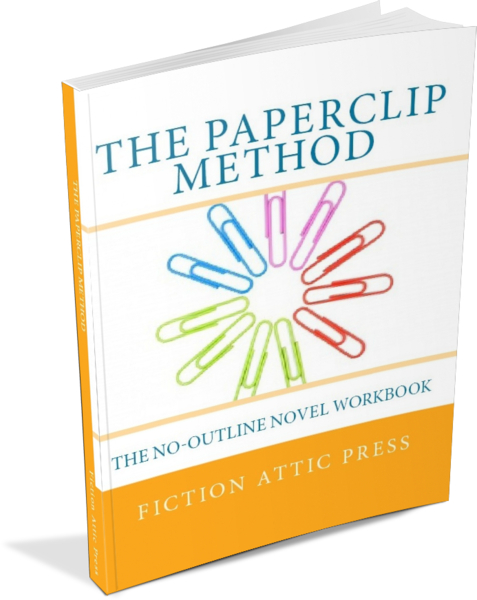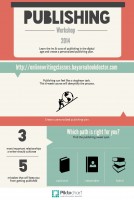How To Write a Novel: 10 Steps
The first thing you need to know about writing a novel is that there’s no magic formula. Every novel demands its own structure, its own pace, its own way of looking at the world. If you’re ready to take on the challenge, here are 10 steps to get you started. (See related article: 5 Great Gifts for Writers)
1. Consider the setting.
Setting encompasses not only place, but also time. Where does your novel happen, and when?
2. Consider the point of view.
Who is telling the story, from what distance? Do you have a first-person narrator who is at the center of the action, an omniscient narrator who is able to go into the thoughts of any character at any time, a limited third person narration that sticks closely to one character?
3. Consider the conflict.
No matter what kind of novel you’re writing, no matter the genre, there is no novel without trouble. Every story begins with conflict. What’s yours?
4. Consider the stakes.
What is at risk in the story? What does your protagonist stand to lose or gain? What does he or she want, and why is it important? The stakes must be clear if you want the reader to care.
5. Consider the protagonist.
There has to be someone at the center of the action. Generally, this will be someone your reader ends up rooting for, no matter how flawed the character may be. (And he or she must be flawed in order to be realistic.)
6. Embrace fragments.
Don’t be afraid to write a paragraph here, a page there. Not everything has to be a full-fledged chapter in the early stages of novel-writing. If you have a scene in your head that you know you want to write, go for it. But if you sit down at your computer and feel flustered and uncertain, allow yourself the freedom to think in small bits. Tell yourself, “Today I’m going to write 1200 words about where my character lives,” or “Today I’m going to write 500 words about what’s troubling the narrator,” or “Today I’m going to write the last paragraph of the novel.” That last one is kind of weird, right? But the point is, you don’t have to write in a linear fashion. You can piece your novel together later. For now, get some stuff on the page.
7. Write what you don’t know.
The old adage is, “Write what you know.” Okay, sure, it’s pretty good advice. But you also need to be willing to write what you don’t know. In the spirit of discovery, allow one character to work in a field about which you know very little, or allow some element of the plot, or a subplot, to delve into something you find unusual. Then research it. Sure, you could make your main character’s sister a struggling writer, something you presumably know a thing or two about, but that’s a little boring, isn’t it? Why not make her a welder instead? Then go online and research welding. Take a welder out for beer. Write five paragraphs that can be sprinkled throughout your novel that embrace the lingo and physicality of welding. Voila–you’ve created something interesting and textural, something that may just take you in an unusual metaphorical direction you never would have imagined if you were sticking to what you knew.
8. Set a deadline, but be realistic and kind.
Not for the completion of the novel, but for the first fifty pages. Set a second deadline, far enough in the future, for the completion of the second fifty pages. Be kind to yourself and set yourself up for success by setting realistic deadlines.
 9. Forget the outline.
9. Forget the outline.
Outlines are good, unless they are bad. The nice thing about an outline is that it gives you a direction. The bad thing about an outline is that it limits your novel’s possibilities. For the first fifty pages, at least, work without an outline. See where the story is beginning to take you. Try The Paperclip Method.
10: Find one or two trusted readers.
One of the biggest mistakes beginning writers make is showing their early efforts to anyone who will look. I know, it’s tempting. But be patient. For a little while, at least, you need to protect your novel. Find one or two trusted readers–a professional or a friend who knows good books–but resist the urge to ask for advice from your mother, your uncle, your girlfriend, your best friend, your taxi driver. Give yourself some time to get your own vision onto the page before too many other visions interject. Many novels are written by collaboration, but, unlike screenplays, most are not written by committee. It’s your story; hide it in a drawer until it’s ready to see the light.
Michelle Richmond is the New York Times bestselling author of The Year of Fog, Golden State, and four other books of fiction. She is the creator of the NaNoWriMo Daily app and The Paperclip Method, a series of workbooks for writers. Get Michelle’s weekly writing and publishing tips delivered to your inbox.

